Two equipotential spherical surface having potential 20V and 0V are as shown in figure. There is no charge anywhere in space except on the surface of both the spheres. Then which of the following figure represents the nature of electric field in region between the spherical surfaces by electric lines of forces.
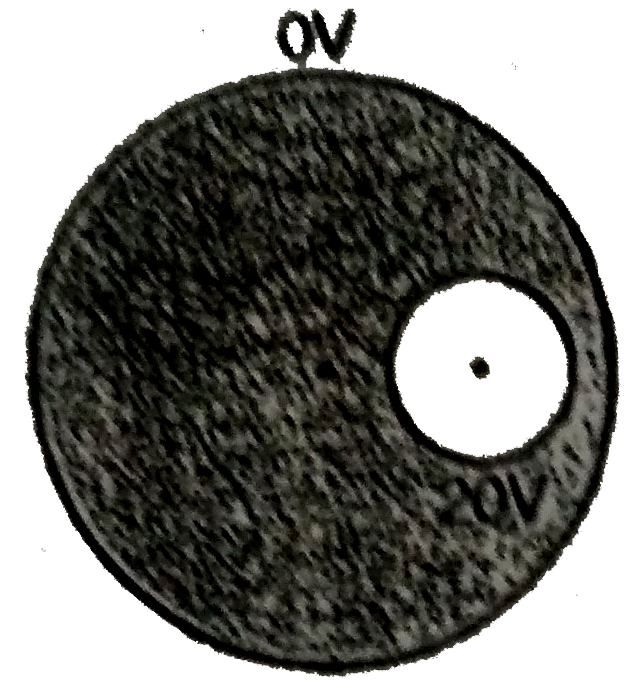
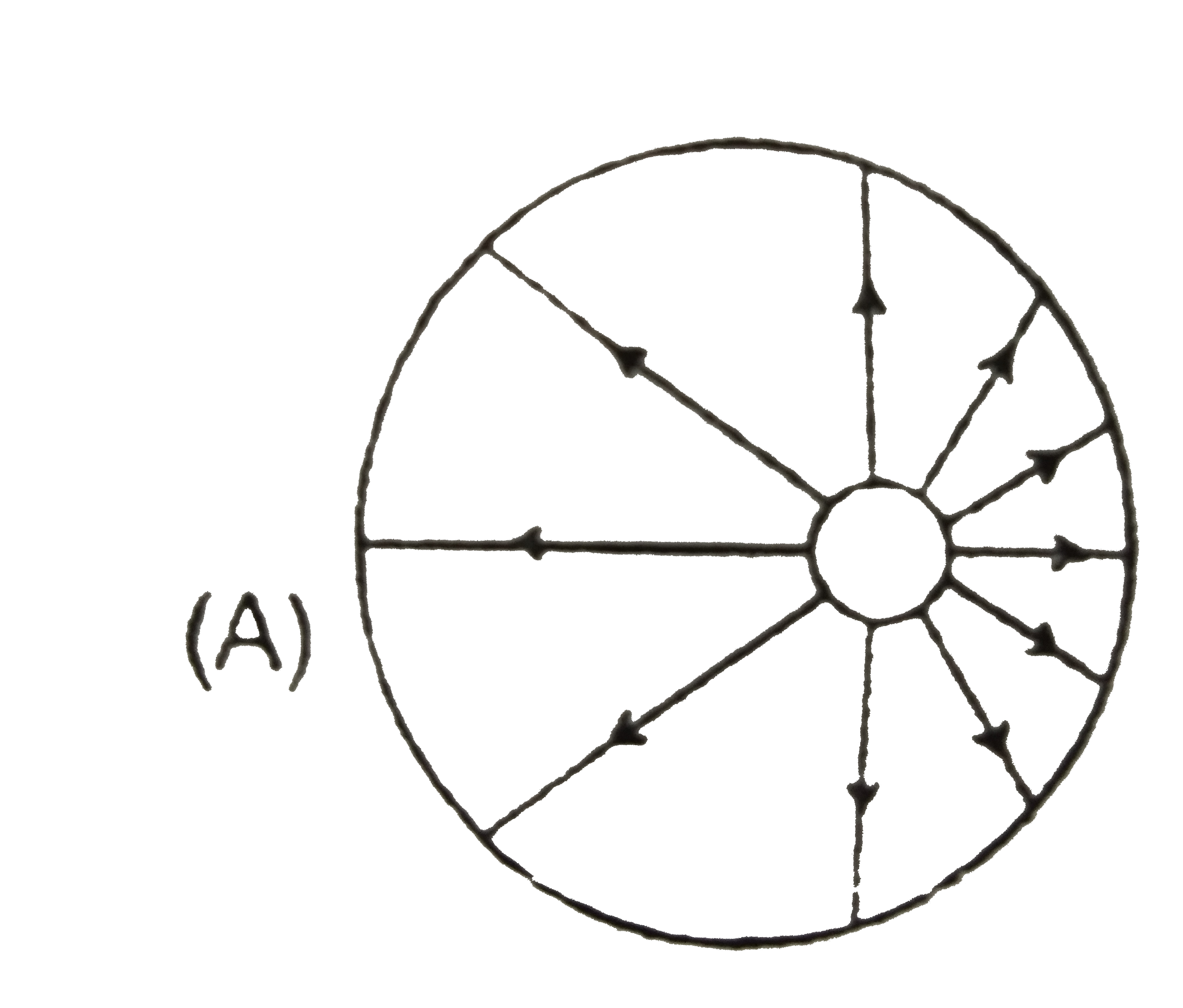
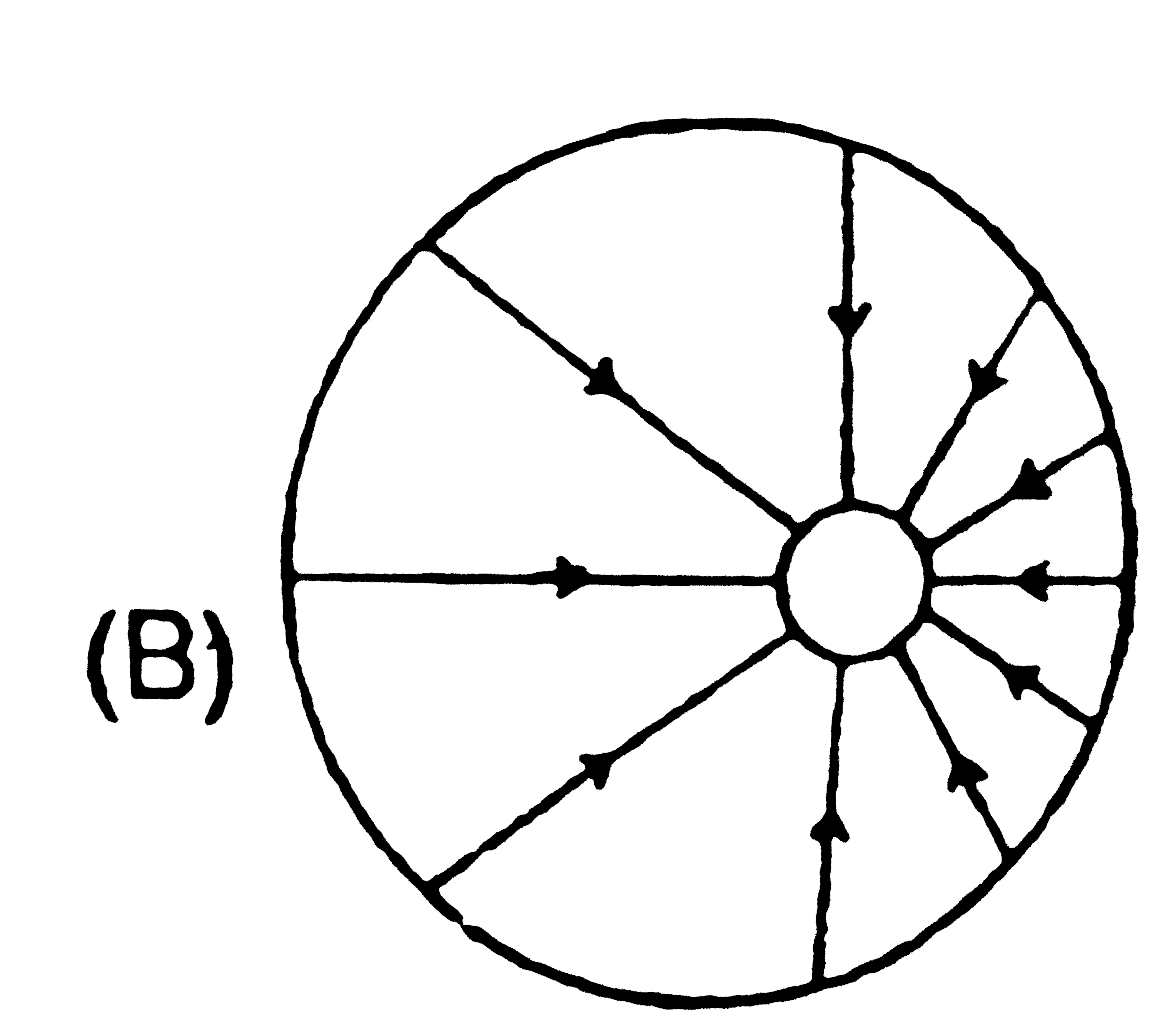
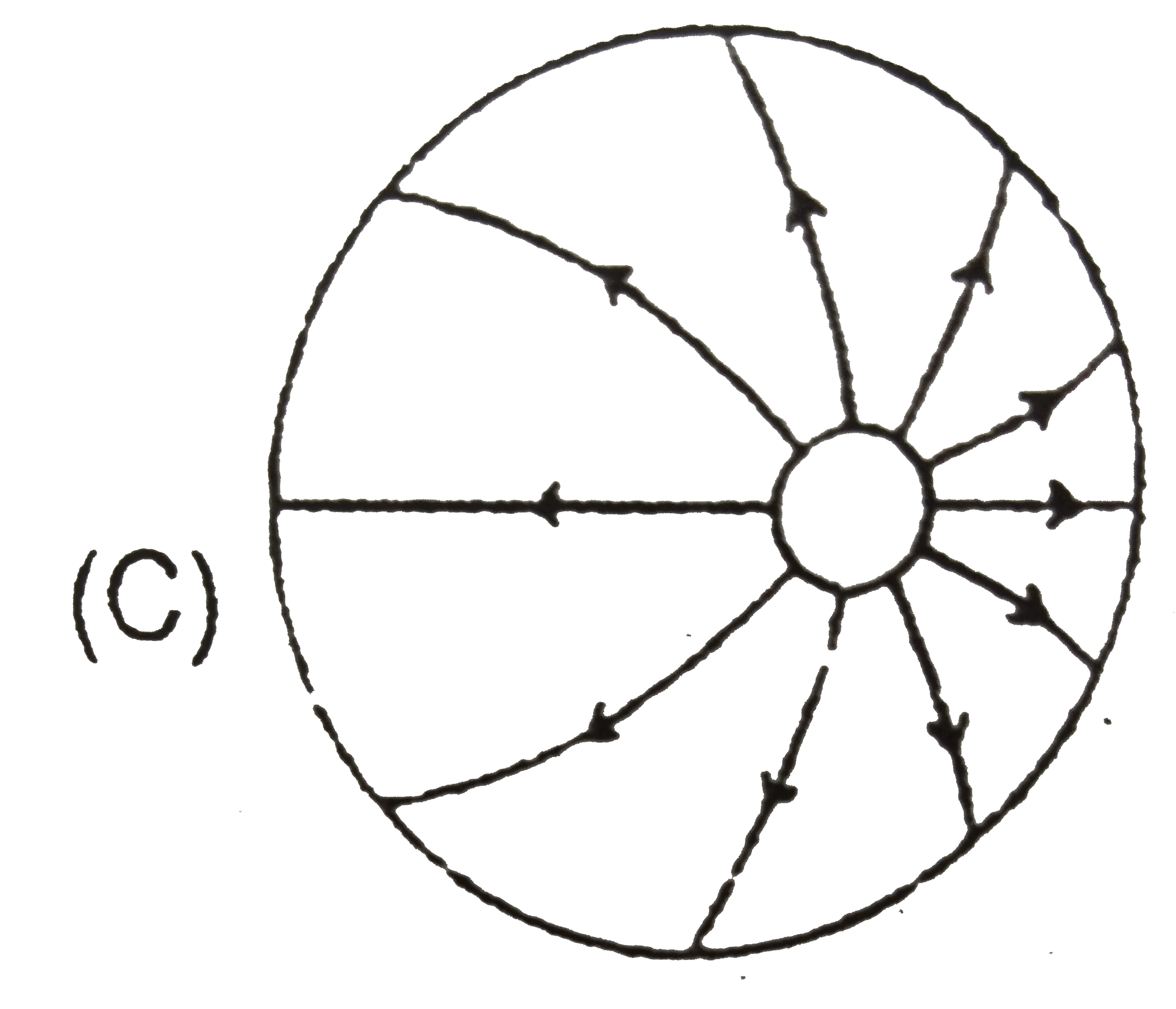
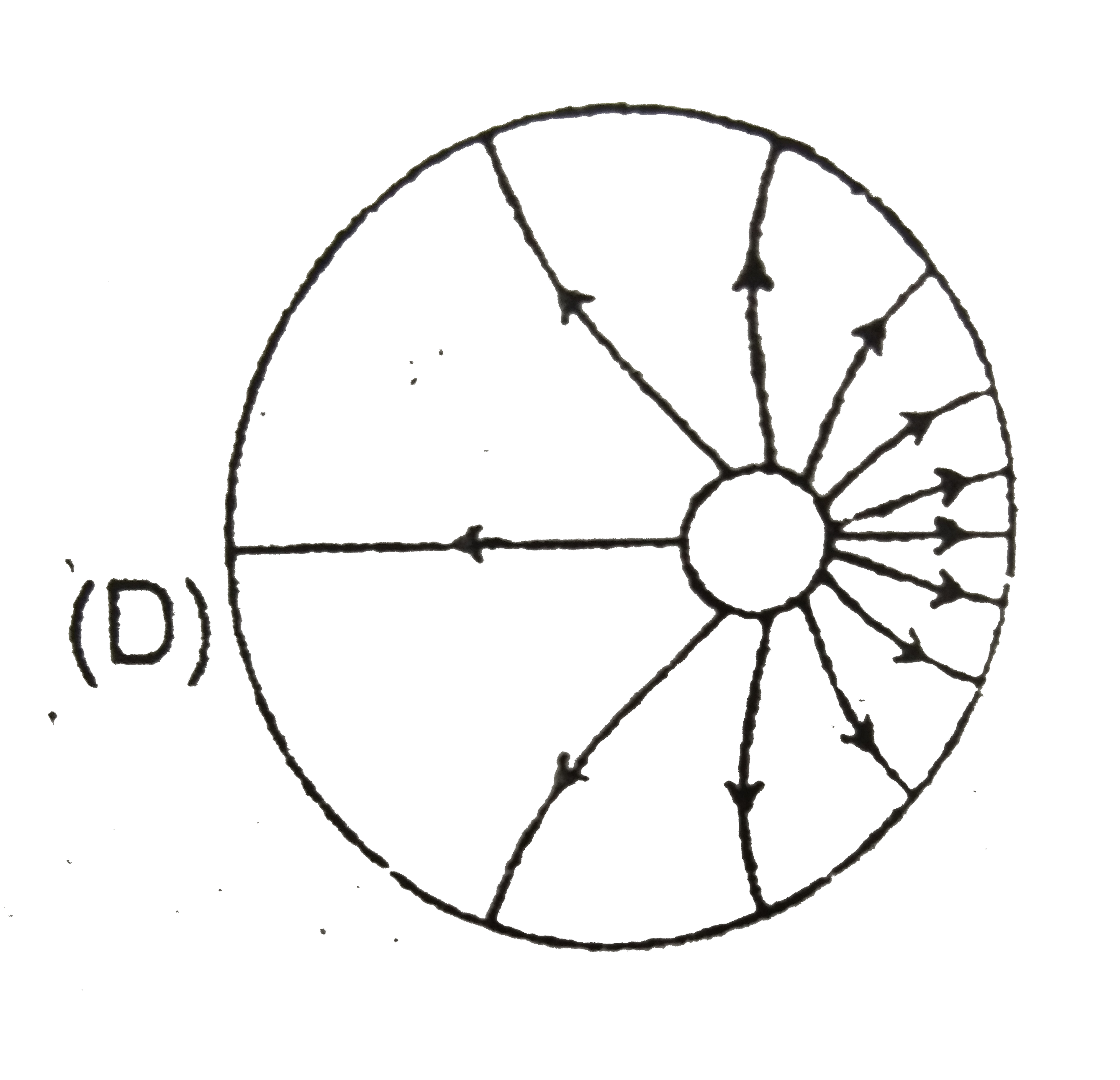
The correct Answer is:D
Since both spherical surface are equipotential. The electric lines of force should be normal to both spherical surfaces. The correct choice is 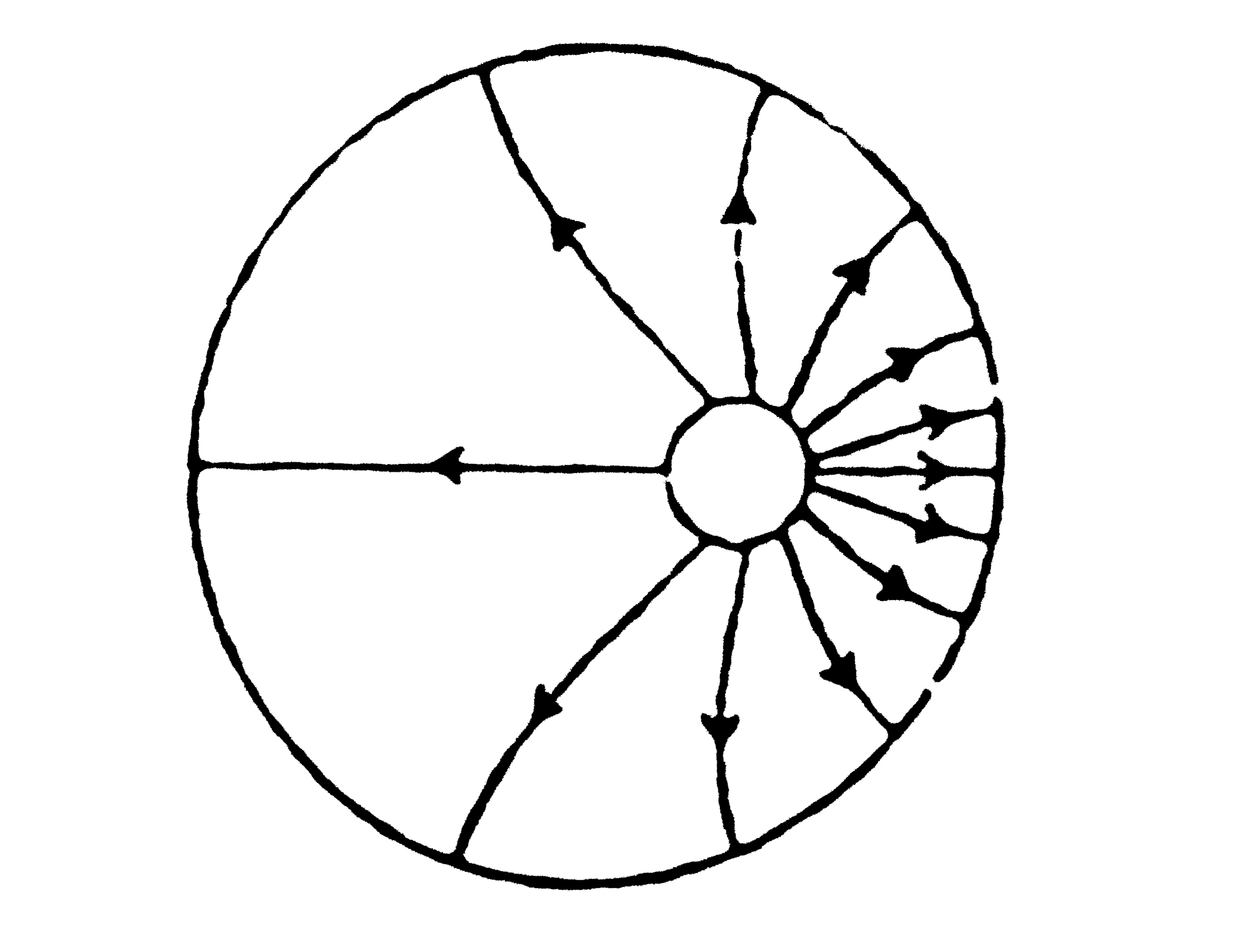
Topper's Solved these Questions
Similar Questions
Imagine a short diploe at the center of a spherical surface. If the magnitude of the electric field at a certain point on the surface of he sphere is 10NC_1 then which of the following cannot be the magnitude of the electric field anywhere on the surface of the sphere?
View SolutionIf the given figure shows equipotential surfaces, then the magnitude of electric field is
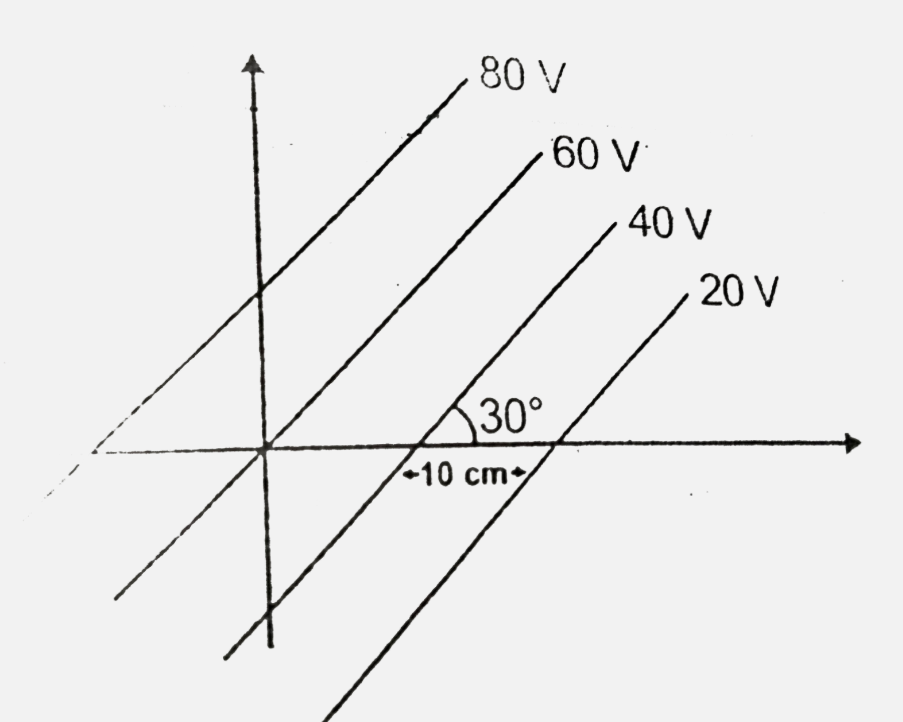 View Solution
View SolutionThe electric field inside a spherical shell of uniform surface charge density is
View SolutionA few spherical equipotential surfaces are shown in the figure. The electric field at any point, at a distance x from the centre, is
 View Solution
View SolutionEquipotential surfaces are shown in figure. Then the electric field strength will be
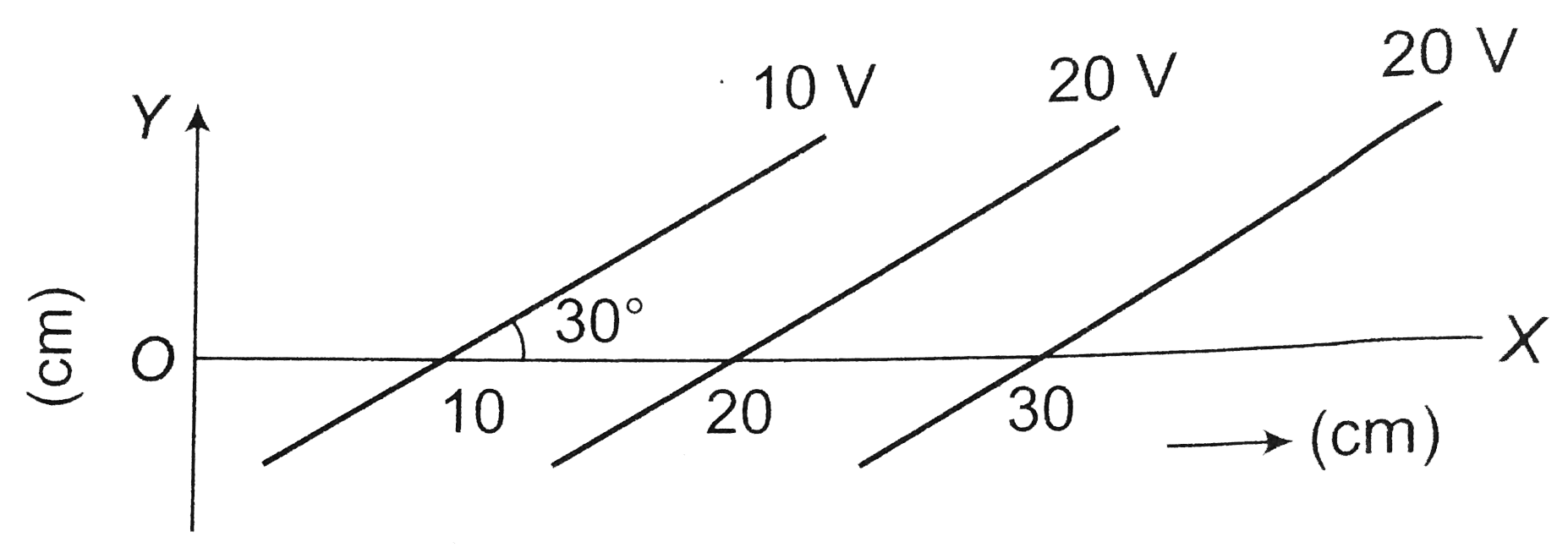 View Solution
View SolutionWhich of the following is true for the figure showing electric lines of force ? (E is electrical field, and V is potential).
 .View Solution
.View SolutionConsider the charge configuration and a spherical Gaussian surface as shown in the figure. When calculating the flux of the electric field over the spherical surface, the electric field will be due to.
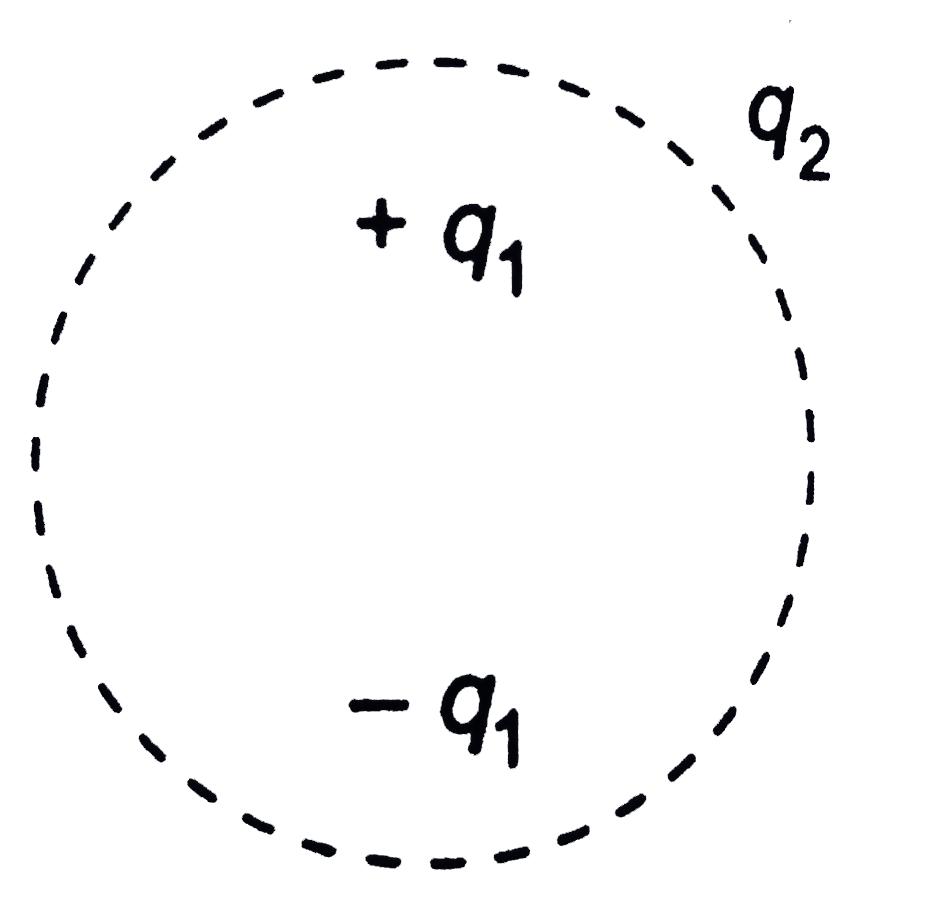 View Solution
View SolutionConsider the charge configuration and a spherical Gaussian surface as shown in the figure. When calculating the flux of the electric field over the spherical surface, the electric field will be due to.
 View Solution
View SolutionFigure shows sone equipotential surfaces produce by some charges. At which point, the value of electric field is greatest ?
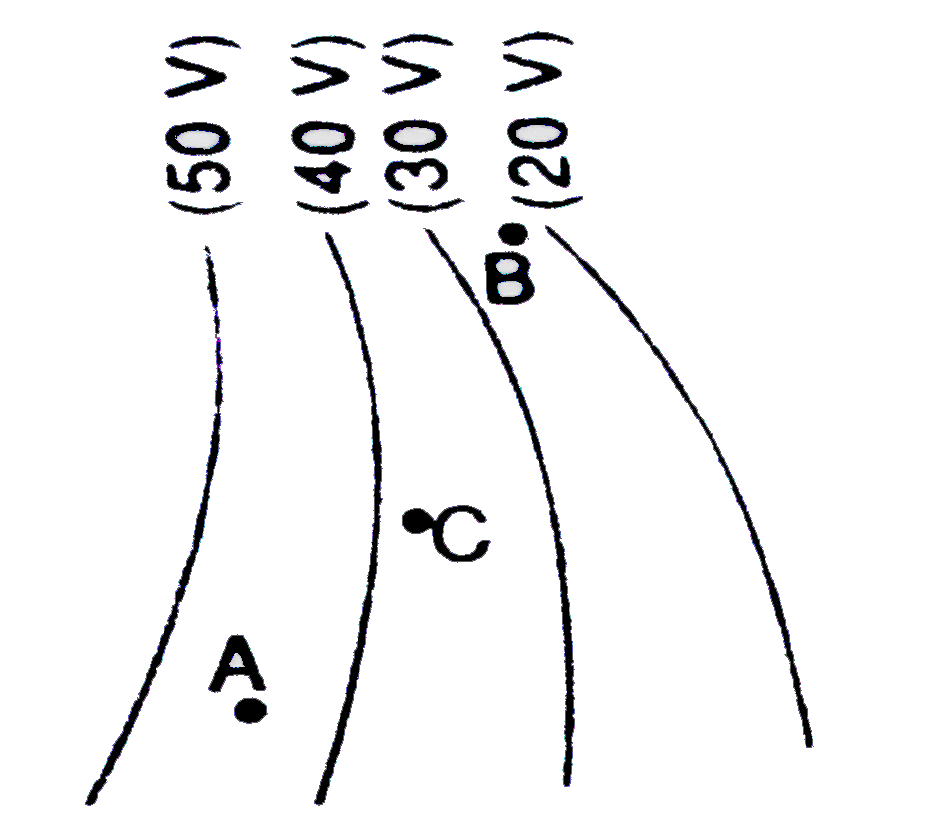 View Solution
View SolutionWhich of the following figure shows the correct equipotential surfaces of a system of two positive charges?
View Solution

